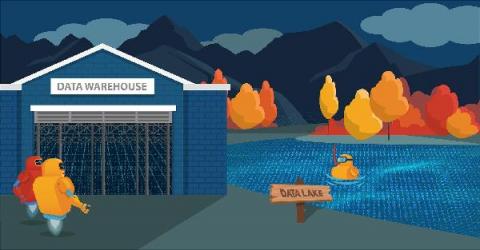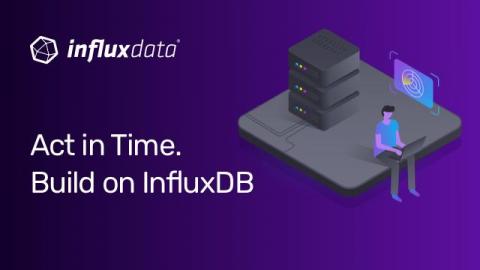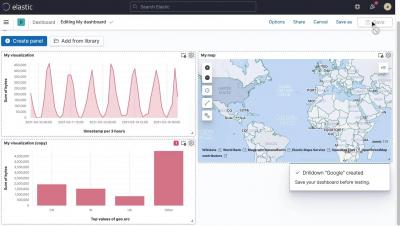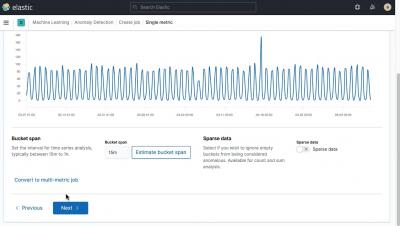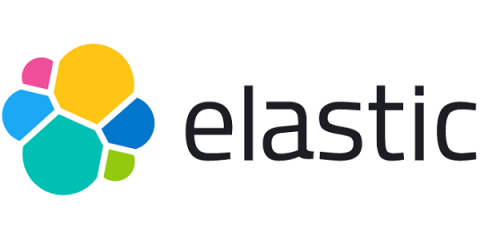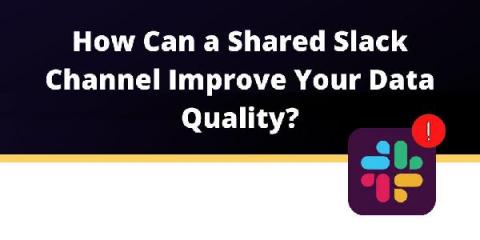Operations | Monitoring | ITSM | DevOps | Cloud
Analytics
InfluxDB OSS and Enterprise Roadmap Update from InfluxDays EMEA
Since the initial release of InfluxDB OSS 2.0 in November 2020, more than 10% of the community has successfully upgraded, and the pace of the upgrades continues at a steady rate. We have released a number of maintenance releases to address defects, expand platform coverage, and enhance the update experience based on feedback.
Designing a Parquet Catalog for InfluxDB IOx
One of the things we needed to either adopt or build for InfluxDB IOx is a database catalog. If you haven’t heard us talk about it yet, InfluxDB IOx (pronounced eye-ox) is the new in-memory columnar database that uses object storage for persistence. We’re building it as the future core of InfluxDB. A database catalog usually contains the definitions of a database’s structure like schema and indexes.
Data Lake, Data Lab, Data Hub: what's the difference?
In this post we’ll explore the concepts of data lake, data hub and data lab. There are many opinions and interpretations of these concepts, and they are broadly comparable. In fact, many might say they’re synonymous and we’re just splitting hairs. But let’s look again carefully. We can discern some subtle trends in the way people are doing things, and find distinctions in these expressions.
Three Ways to Keep Cardinality Under Control When Using Telegraf
This article will show how we kept cardinality under control with a few tweaks in the Telegraf configuration. If you’re not yet familiar with it, Telegraf is the native and open-source plugin-driver metrics collection agent of InfluxDB. As you may know, cardinality is the combination of measurements, tags, sets, fields, and values in a time-series database, and having high cardinality can be a challenge.
How to Make Dashboards Interactive
Anomaly Detection with Machine Learning
Elastic Common Schema: The journey so far
It has been just over two years since we introduced the Elastic Common Schema (ECS), and what a journey it’s been. From categorization fields to request for comments to Threat Intelligence fields, ECS has evolved rapidly over the course of the last two years. In this blog post, I would like to reflect on the ECS journey so far, and look towards the future of ECS.
Automated Anomaly Detection: The next step for CSPs
Today’s telecom engineers are expected to handle, manage, optimize, monitor and troubleshoot multi-technology and multi-vendor networks, in a competitive and unforgiving market with minimal time to resolution and high costs for errors. With the ongoing growth in operational complexities, effectively managing radio networks, current and legacy core networks, services, and transport and IT operations is becoming a radical challenge.
How Can a Shared Slack Channel Improve Your Data Quality?
Have you ever heard anyone saying: “Our data is great, we’ve never had any data quality issues“? Ensuring data quality is hard. The magnitude of the problem makes us believe that we need some really big actions to make any improvements. But the reality shows, often the simplest and most intuitive solutions can be incredibly impactful. In this article, we’ll look at one idea to improve the process around data quality, and make it more rewarding and actionable.


